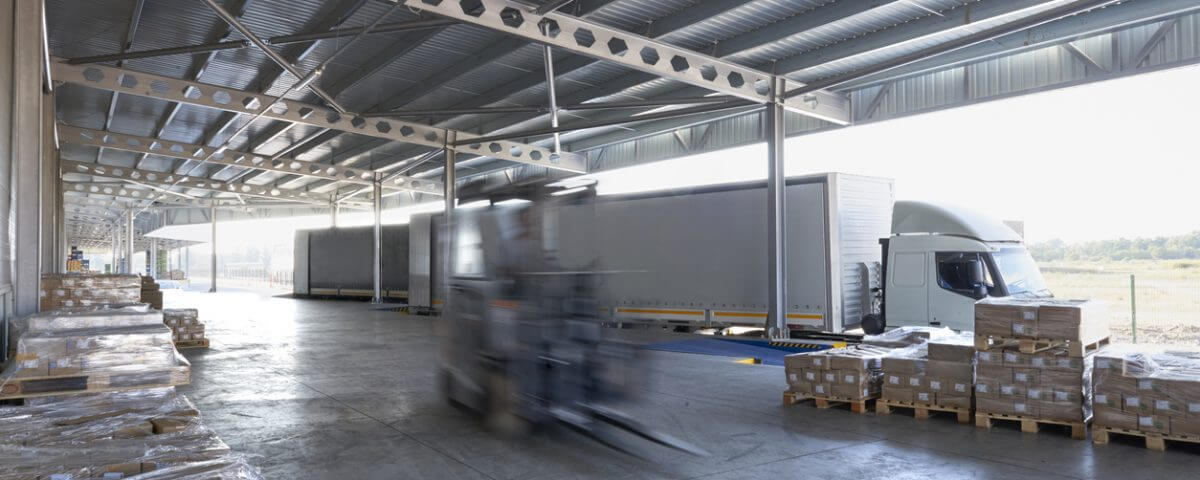
10 Steps to Pack a Bike for Shipping
February 28, 2018
Shipping for Australia’s Great Racing Scene
March 5, 20187 Things to Keep in Mind About Palletizing Cargo

 When you’re shipping palletized cargo, there are a few key elements to keep in mind. These elements help you save on cost, save on time, and make sure your cargo is shipped safely and securely.
When you’re shipping palletized cargo, there are a few key elements to keep in mind. These elements help you save on cost, save on time, and make sure your cargo is shipped safely and securely.
- Use the right size of pallets. We don’t see too many instances of palletized cargo being shipped on pallets that are massively oversized, but we do see a good amount of cargo that’s larger than the pallet on which it’s shipping. This is a big no-no. It puts your and other cargo at risk. The pallet needs to be big enough to hold the entire item
- Please don’t use pallets with broken boards or nails that are sticking out. These pallets are easily replaced by intact ones, and things like nails put our handlers at risk of injury.
- Four-way forklift pallets are ideal. We can lift them from any angle, reducing the amount of re-positioning and handling your shipment will require.
- Use sturdy boxes or crates that are secure and sealed. Pack them well. If you’re stacking them, make sure you do not exceed a pallets weight rating. Make sure that the boxes are sturdy enough to take the stacked weight atop them. If a bottom-most box collapses, everything on top of it will be in danger of damage.
- Secure your palletized shipment to the pallet. While we don’t see many shipments that aren’t somewhat secured, we do see some that are badly secured. Take the extra step to ensure the palletized shipment is well secured for its journey.
- Don’t try to break the laws of physics. Palletized cargo is sometimes stacked like a Tetris game gone wrong. Anything that starts to resemble a giant capital “T” of boxes should probably be repacked and re-secured.
- Do label! We recommend including return labels inside every box or crate, as well as remembering the exterior labels. This covers all your bases and ensures there’s always someone to contact at every step of the journey. Chances are good we’ll never need anything beyond that exterior label and customs information, but it’s always better to have it there.
